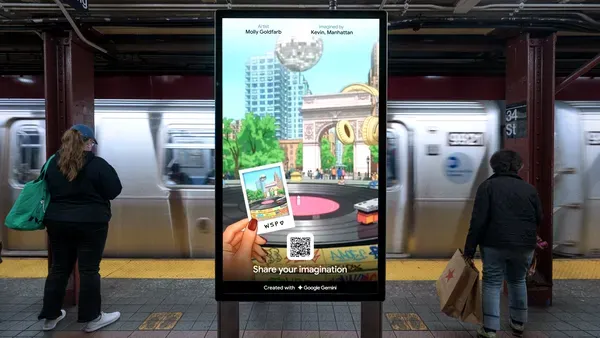The Jackrabbit MG Doble packs enough power to accidentally wheelie with two riders, but that same muscle creates a thorny problem - it's too powerful to legally ride on most bike paths. WIRED's hands-on review reveals how this micro-mobility vehicle's impressive performance puts it in a regulatory gray area that could limit where riders can actually use it.
The Jackrabbit MG Doble just proved that micro-mobility's biggest challenge isn't engineering - it's regulation. WIRED's Stephanie Pearson discovered this firsthand when the compact electric vehicle launched into an unintended wheelie during her review, sending her passenger sliding off the back while she fought to maintain control.
The incident happened during what should have been a routine test ride. Pearson was evaluating the MG Doble's two-person capacity when she revved the throttle at a busy intersection. "The bike reared up into an accidental wheelie," she writes in her detailed review. "Brian slid off the back, while the bike kept moving forward until I lifted my hand off the throttle."
That power surge highlights the MG Doble's core dilemma. The vehicle delivers impressive torque for urban hauling - Pearson easily transported 25 pounds of compost materials through rough city streets. But that same muscle creates legal headaches that could derail its mainstream appeal.
Unlike traditional e-bikes, the MG Doble doesn't qualify for bike path access in many municipalities. This forces riders onto city streets where, as Pearson discovered, you need to hit the maximum 20 mph just to keep pace with traffic flow. "I had to be on the highest power level, moving at 20 mph, to keep up with the pace of traffic," she notes.
The performance numbers tell a mixed story. On flat surfaces, the twist-grip throttle delivers what Pearson describes as "bucking bronco" acceleration that can catch riders off guard. But tackle a steep 16 percent grade, and the digital speedometer tops out at just 12.5 mph - respectable for climbing but "surprisingly slow for a bike that feels" so powerful on level ground.
This inconsistent power delivery reflects broader challenges facing the micro-mobility sector. Companies like Jackrabbit are pushing performance boundaries while navigating a patchwork of local regulations that weren't designed for vehicles in this power class.
The regulatory confusion extends beyond bike path access. Traditional e-bikes benefit from established infrastructure and clear legal frameworks. The MG Doble exists in a gray area where riders must research local laws before each trip - hardly the seamless urban mobility experience these vehicles promise.
Pearson identified several practical applications where the MG Doble shines: "hauling surfboards to the beach through un-busy streets; hauling picked apples through an orchard; riding across a bucolic school or work campus with few cars." But she also flagged significant limitations that could impact adoption.












